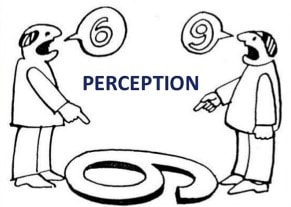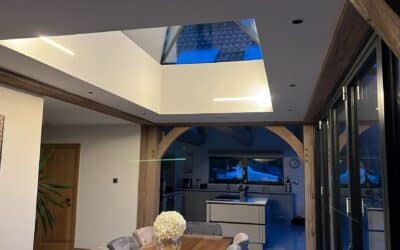It was an exciting time I recall doing projects for Philips in the early / mid 2000’s…news and the early paper of Wout Van Brommel & GJ Van den Beld ‘s seminal discovery of a 3rd photoceptor in the eye had everybody wondering how “blue” light could be understood and the environment manipulated for health and biological effects of light and the human body, that’s exactly the point “health and biological effects” the circadian rhythms and diurnal influence of natural and electric lighting.
Human perception and the advances in Neuro sciences to record, measure and then predict human behaviour is a different branch…the role of light in this case is for what it reveals and the information it delivers to our brain to interpret. Thus light not only allows us to experience of the world around us but it allows us to act, influence and shape our environment.
Now that is clear, I need to muddy the water a little…”Dynamic” & “Warm dim” lighting does cross the boundary of perception, health and good design. For example , as the evening progresses, our melatonin levels rise (as per natural circadian rhythm this is the sleep hormone) dropping the intensity of light and reducing the blue from the spectrum aids the biological effects and helps the body towards a good night, thus “warm dim” lighting does just that, colour temperature shifts down in degree kelvin (normally a shift from 3000K to 2300K is sufficient to be perceptible) as the intensity is decreased. As well as its biological effects it mimics nature and natural light which is pleasing from a perspective of human perception.
Two branches of emerging sciences and implications for design, not to be muddled but both on a shared spectrum.






0 Comments